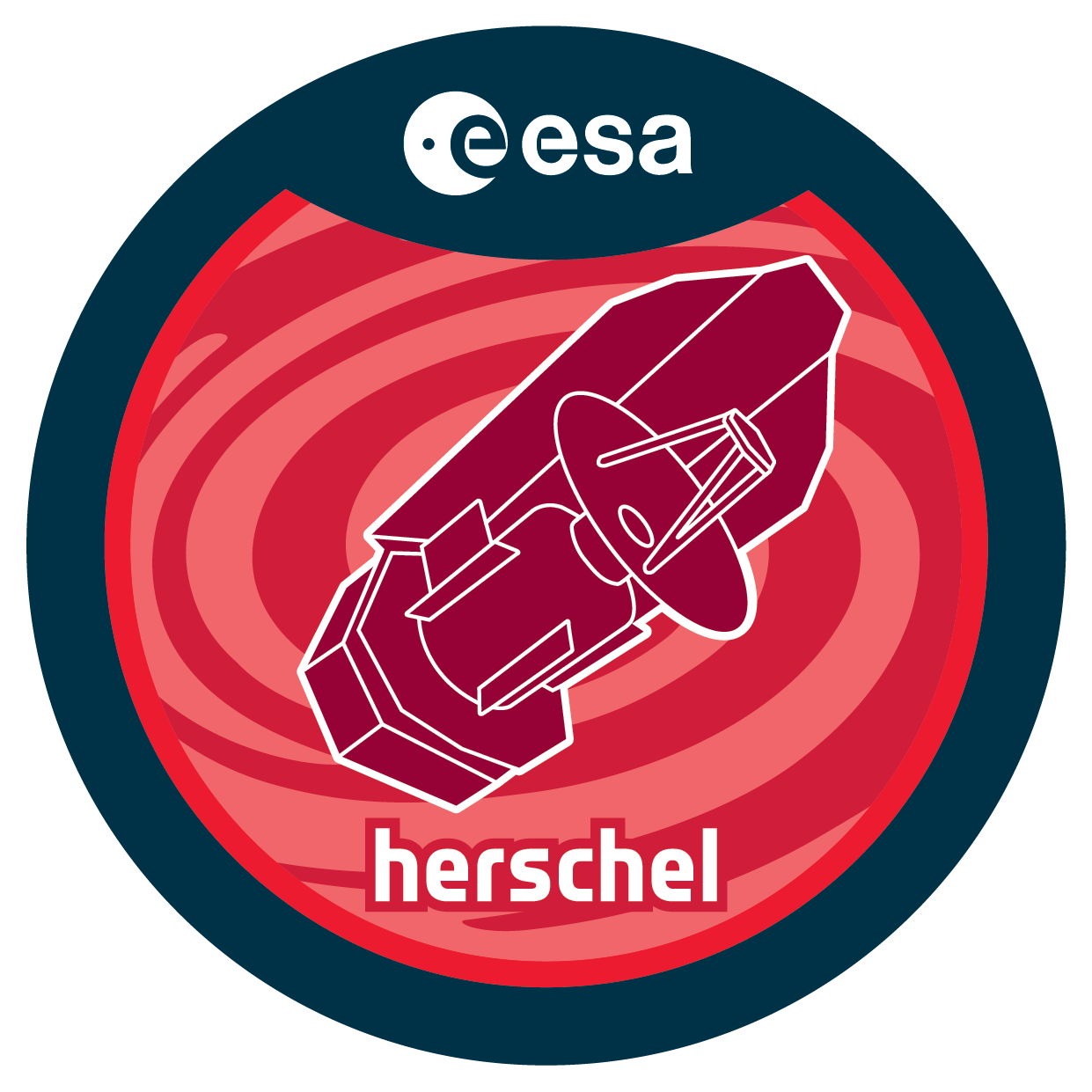

| Name | OT2_tbourke_2 |
| Title | The Evolution of Dense Cores to Protostars |
| URL | http://archives.esac.esa.int/hsa/whsa-tap-server/data?retrieval_type=OBSERVATION&observation_id=1342265599&instrument_name=PACS&product_level=LEVEL0&compress=true |
| DOI | https://doi.org/10.5270/esa-yfke427 |
| Author | bourke, t. |
| Description | Low mass stars form in dense cores of gas and dust. Many details of howthis happens are unclear. Sensitive continuum mapping observations atwavelengths that sample the peak of their SEDs (100-300 microns) areneeded, for a large ensemble of cores, in order to investigate dense coreevolution. Isolated dense cores are the best place to study coreevolution, as they are free of the confusing effects of star formation inlarge clouds and clusters. We propose to map, in the continuum with PACSand SPIRE, a large ensemble (of order 150) of isolated dense cores spanninga range of peak extinctions and star formation activity. By combiningthese data with Spitzer and submm continuum and molecular lineobservations, we will determine the physical, dynamical and chemical stateof each core. These results will enable us to investigate many questionsrelating to how dense cores form and evolve toward star formation. |
| Publication | |
| Instrument | PACS_PacsPhoto_largeScan |
| Temporal Coverage | 2013-02-21T09:59:14Z/2013-02-21T16:28:35Z |
| Version | SPG v14.2.0 |
| Mission Description | Herschel was launched on 14 May 2009! It is the fourth cornerstone mission in the ESA science programme. With a 3.5 m Cassegrain telescope it is the largest space telescope ever launched. It is performing photometry and spectroscopy in approximately the 55-671 µm range, bridging the gap between earlier infrared space missions and groundbased facilities. |
| Creator Contact | https://support.cosmos.esa.int/h®erschel/ |
| Date Published | 2013-08-21T16:25:02Z |
| Last Update | 2025-01-24 |
| Keywords | Herschel, HSC, submillimetre, far-infrared, HIFI, PACS, SPIRE |
| Publisher And Registrant | European Space Agency |
| Credit Guidelines | European Space Agency, bourke et al., 2013, 'The Evolution of Dense Cores to Protostars', SPG v14.2.0, European Space Agency, https://doi.org/10.5270/esa-yfke427 |